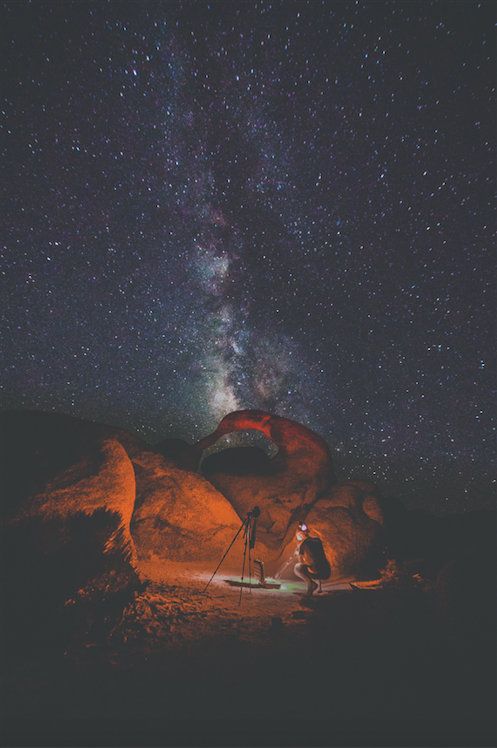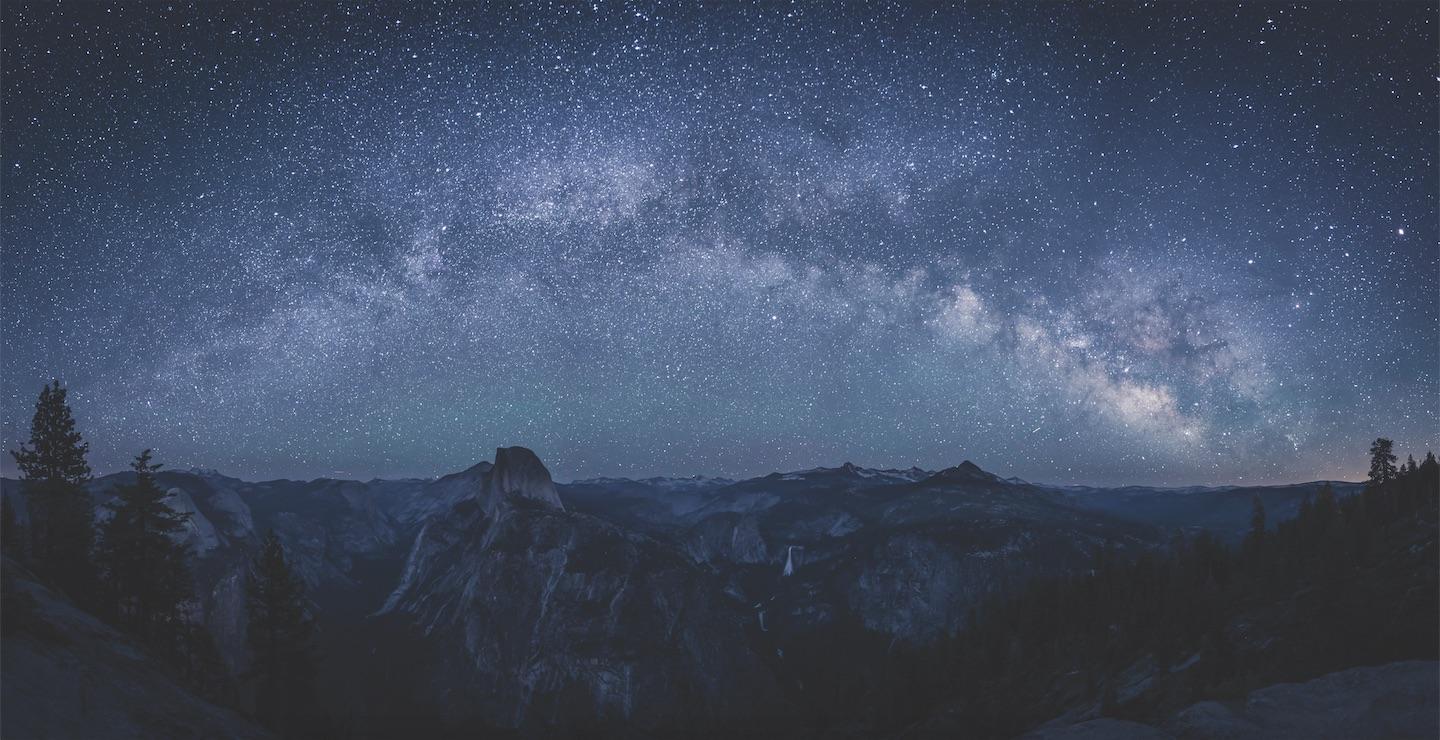Editor’s note: The printing of the October 2018 issue of Veritas was funded by the advertisements found below.
Surrounded by darkness, a camera suspended on a tripod separates him from stars billions of miles away, according to Andrew Chalmers, Palo Alto High School Class of 2014. Joined by his sister on the domes of Yosemite, Chalmers admires the expanse of the unknown before him. Once midnight comes, the sky, as dark as can be, gives the stars the stage, and he sets the exposure for minutes at a time to capture the shining spheroids of plasma.

Chalmers picked up his interest in astrophotography, taking photos of astronomical bodies, his first year after college, though his love for space began before. While at Paly, Chalmers took Josh Bloom’s Astrophysics class, since he was an astronomy fanatic. Chalmers attributes his understanding of the solar system and the sky to the class. Besides the lessons, Bloom displayed an astronomy photo of the day at the beginning of each class, which Chalmers credits as a major inspiration for his photography today.
“At the time it [the class] didn’t mean a lot to me, but, looking back, it definitely had a huge influence on a hobby I never thought I would be into,” Chalmers says.
When he was browsing the internet, he became fixated on photos of the Milky Way galaxy, inspiring him to replicate what he saw, according to Chalmers.
“Out of the spur of the moment, on some impulse, I took my family’s camera and went to the darkest place I could find — Skyline Boulevard,” Chalmers says. “I sat in the pitch dark fumbling with the camera for hours, and I actually did get some [photos]. Now looking back on it, [they were] pretty bad but interesting photos of the night sky.”
He continued experimenting with the camera, and spontaneous trips like this one became regular occurrences.
Taking the shot
The hardest part is researching and planning the photos, not actually taking them, according to Chalmers. He must first find a location far from cities and the moon to avoid light and air pollution. This need for darkness causes his shoots to fall on weekends, as the most optimal lighting occurs very late. For Chalmers, the best conditions are usually between midnight and 5 a.m. because even after the sun sets, there is still light in the atmosphere.
As Chalmers has found, astrophotography conditions are optimal in late summer because Earth faces the center of the galaxy which has a higher star density.
High ISO (a camera’s sensitivity to light), long exposure (the duration the lens is open) and low aperture (a large lens opening) are key elements to maximize the amount of light let into a camera, allowing the satisfying spattering of stars to appear in his photos.
“The camera’s an extension of your eye. It’s not really altering an image, it’s just gathering more light and information that the human eye can’t see,” Chalmers says. “The goal is to keep it as natural as possible.”
With minimal editing, Chalmers is able to represent the night sky authentically, as a photo people could see and believe
“The camera’s an extension of your eye. It’s not really altering an image, it’s just gathering more light and information that the human eye can’t see,” Chalmers says. “The goal is to keep it as natural as possible.”
Although he is a business major at the University of Alabama, his passion for astrophotography has continued to be a hobby of his because of his powerful fascination with the relationship between space and photography, according to Chalmers. He encourages everyone to take their family’s camera and experience the sky’s charm.
“During those 20-30 seconds, you get to sit there in the pitch black of the night and wait for the camera to develop that exposure,” Chalmers says. “You’re staring at this huge, beautiful sky.”





